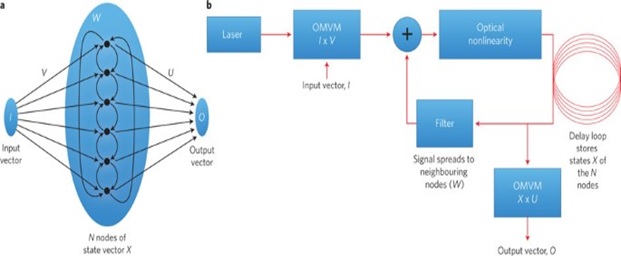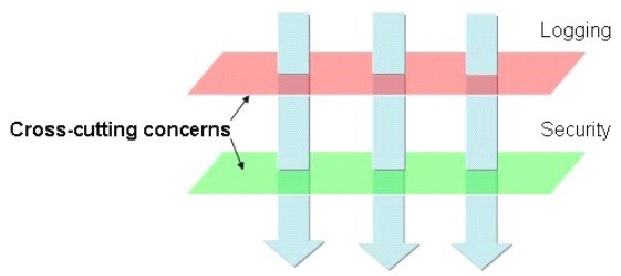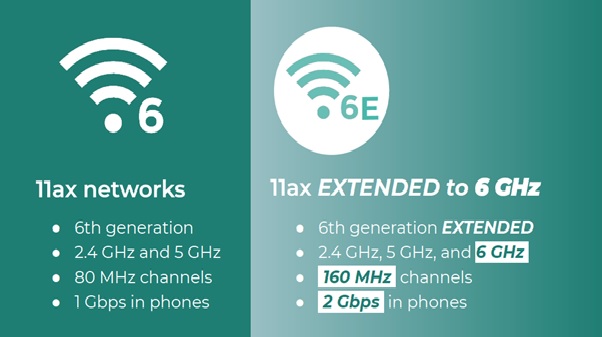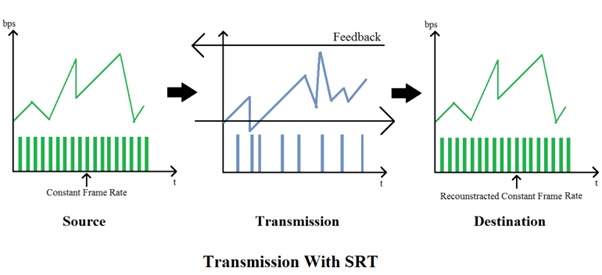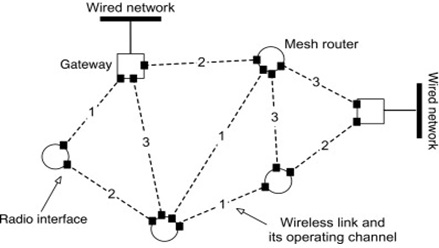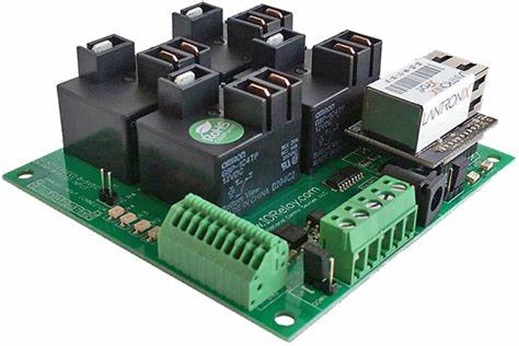Universal Memory in Networking
The development of a universal technology that replaces current memory types has long been a major objective in the semiconductor market. Experts have predicted that the advent of a one-size-fits-all memory would overturn the order of the more than $200 billion industry, substituting all entrenched product categories with a single device. However, major new technological developments often don’t fit neatly into the current order of things, and the impact of such a device on the technology market could transcend the memory business.
Universal solution would combine the best aspects of current dominant memory types—including the speed of SRAM, the non-volatility of flash and the low cost and high density of DRAM. Over the years, multiple technologies have been proffered as candidates for the universal memory, including phase-change memory, magnetoresistive random-access memory (MRAM), ferroelectric RAM (FRAM) and carbon-nanotube-based RAM.[1]

Figure 1. universal memory technology
Figure 1 shows university of Lancaster researchers have devised a universal memory candidate technology.
By using a structure based on members of the III-V chemical compounds family, it’s possible to build a memory cell with the switching speed of DRAM, data retention that’s better than NAND, and a far lower voltage needed for switching than NAND. It is called an UltraRAM cell and uses an Indium arsenide (InAs) floating gate to store the memory state (bit value). This gate is isolated by a layered barrier built from Indium arsenide and Aluminium antimonide as this diagram illustrates;
Device structure. (a) Schematic of the processed device with control gate (CG), source (S) and drain (D) contacts (gold). The red spheres represent stored charge in the floating gate (FG). (b) Details of the layer structure within the device. In both (a,b) InAs is coloured blue, AlSb grey and GaSb dark red. (c) Cross-sectional scanning transmission electron microscopy image showing the high quality of the epitaxial material, the individual layers and their heterointerfaces.[3]
Universal memory achieved: Scientists patent energy saving ‘holy grail’ of computing
Scientists at Lancaster University have announced that they have invented an electronic memory device that realises the dream of universal memory – a previously hypothetical technology long considered to be revolutionary for the industry.
Universal memory is a computer data storage technology that until now has been purely conceptual, combining the speed and low cost of dynamic random-access memory (DRAM) and the stability of flash memory. This also would result in significantly lower power consumption. It had been considered impossible by some in the field, but scientists at Lancaster University say that the electronic memory device they have invented and patented is the realisation of the universal memory dream.
“Universal memory, which has robustly stored data that is easily changed, is widely considered to be unfeasible, or even impossible, but this device demonstrates its contradictory properties,” said Professor Manus Hayne, a physics professor at Lancaster University. The scientists have found the solution in quantum mechanics, allowing them to combine highly stable data storage with low energy, fast writing and erasing of data.
“The ideal is to combine the advantages of both [DRAM and flash memory] without their drawbacks, and this is what we have demonstrated. Our device has an intrinsic data storage time that is predicted to exceed the age of the Universe, yet it can record or delete data using 100 times less energy than DRAM.” [2]
UltraRAM Is 'Universal Memory'
Researchers at Lancaster University in the UK have invented a new form of “universal memory” that works as both storage and RAM. The technology, called UltraRAM and detailed in a research paper this month, looks to change how existing computers, smartphones and other devices work.[4]
References:
- 1. https://www.arrow.com/en/research-and-events/articles/invention-of-universal-memory-would-have-transcendent-impact
- 2. https://www.verdict.co.uk/universal-memory/
- 3. https://blocksandfiles.com/2020/01/23/universal-memory-candidate-technology/
- 4. https://www.tomshardware.com/news/ultraram-non-volatile-ram-dram-flash-storage
Cite this article:
Thanusri swetha J (2021), Universal Memory in Networking, AnaTechMaz, pp. 25



